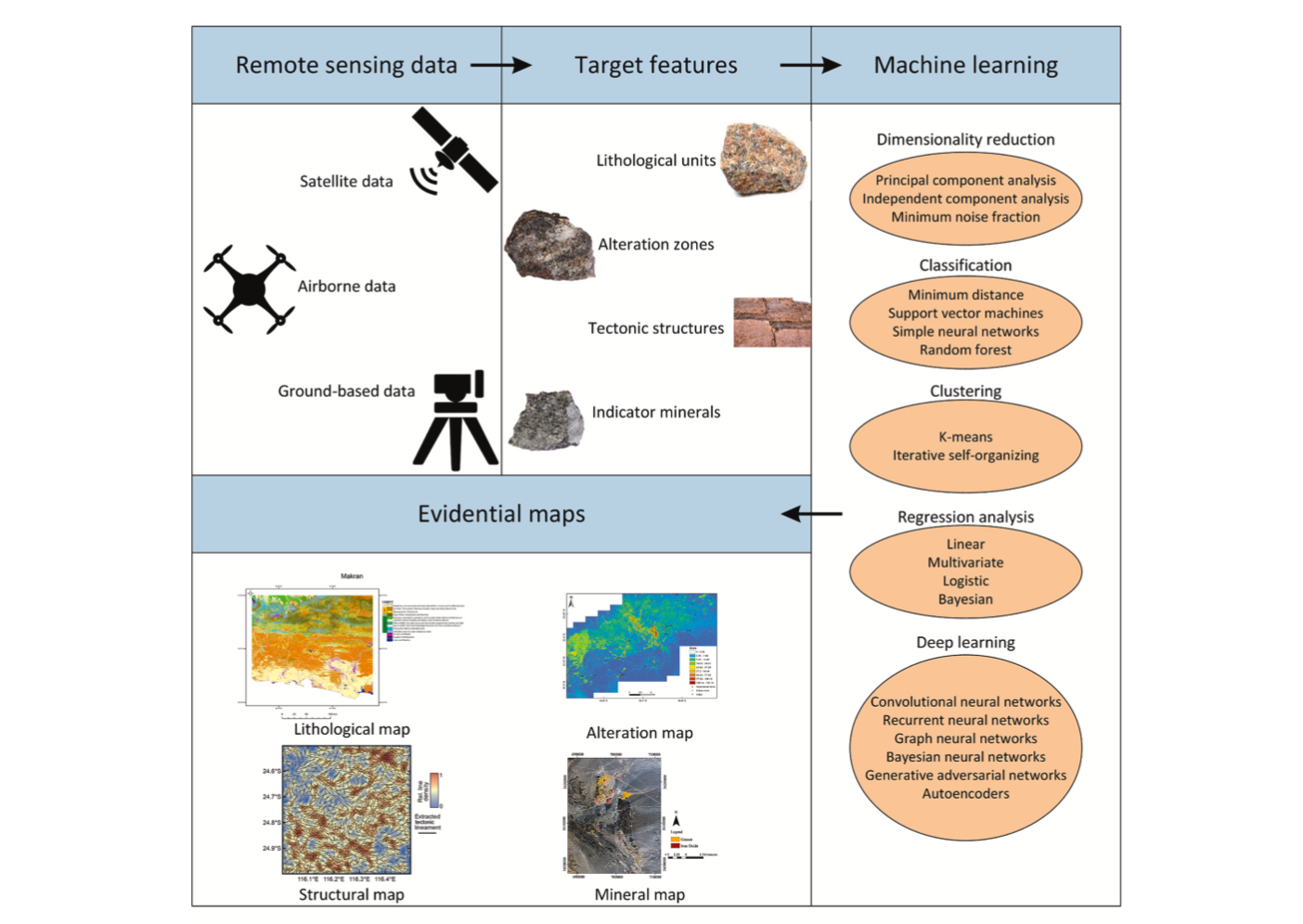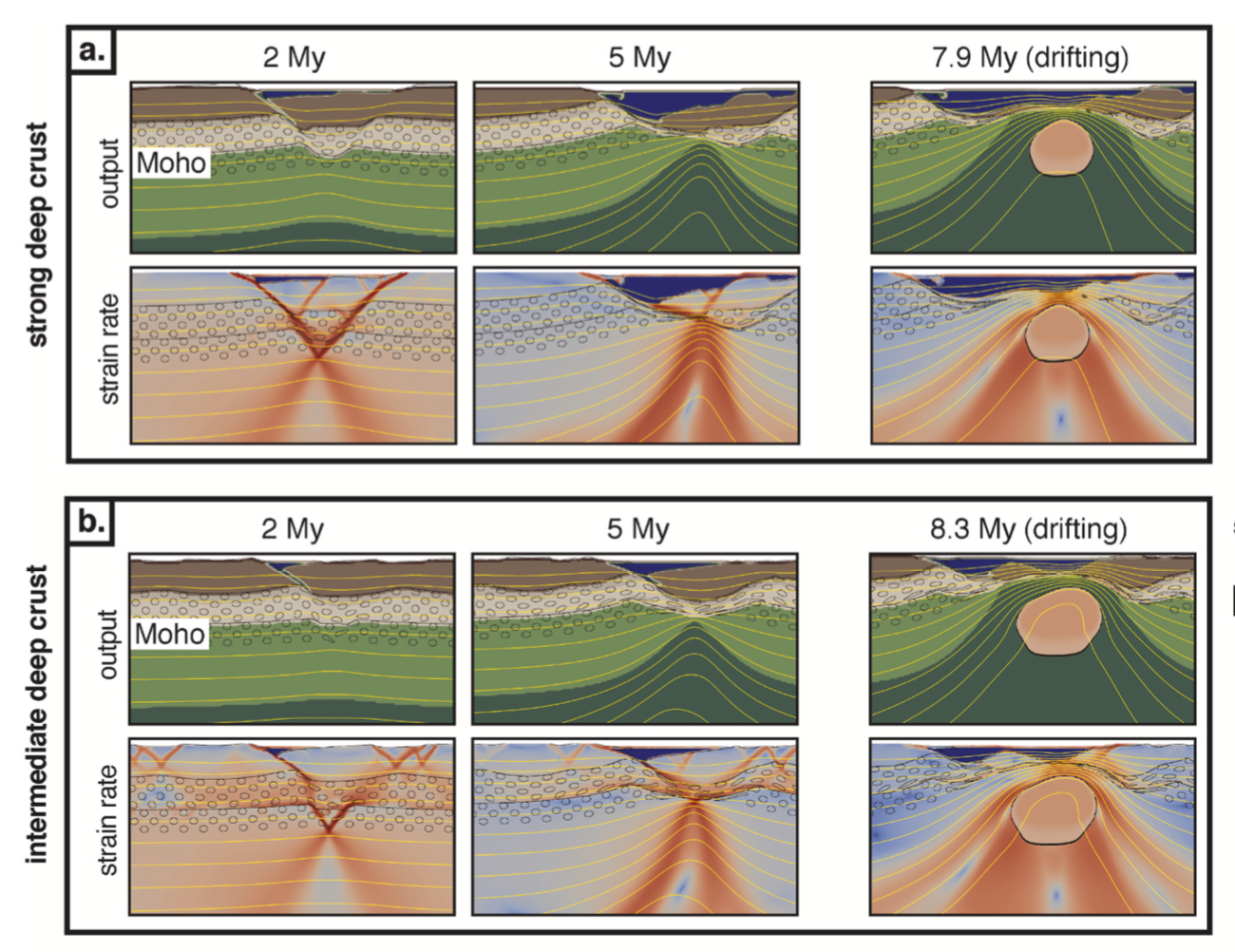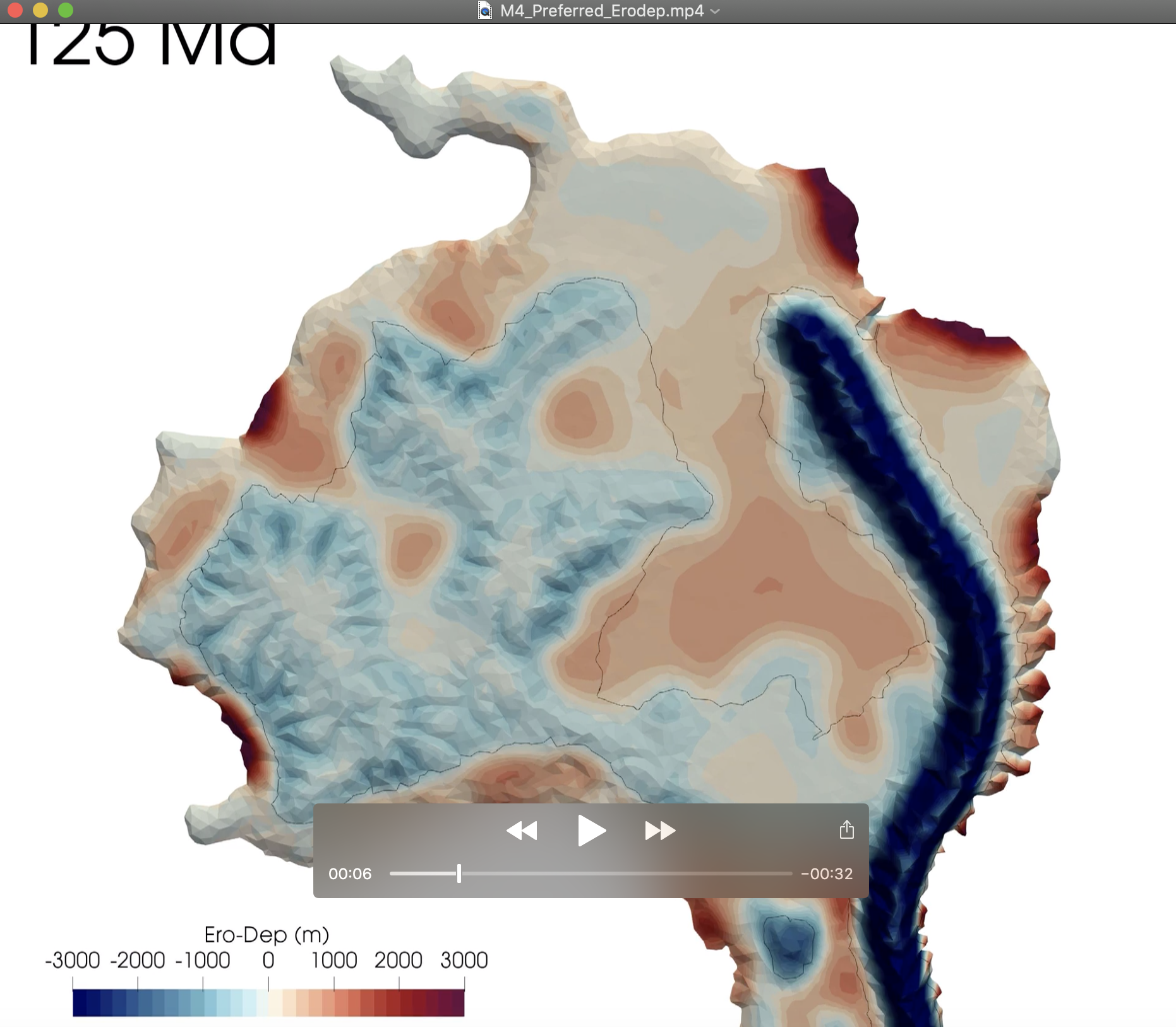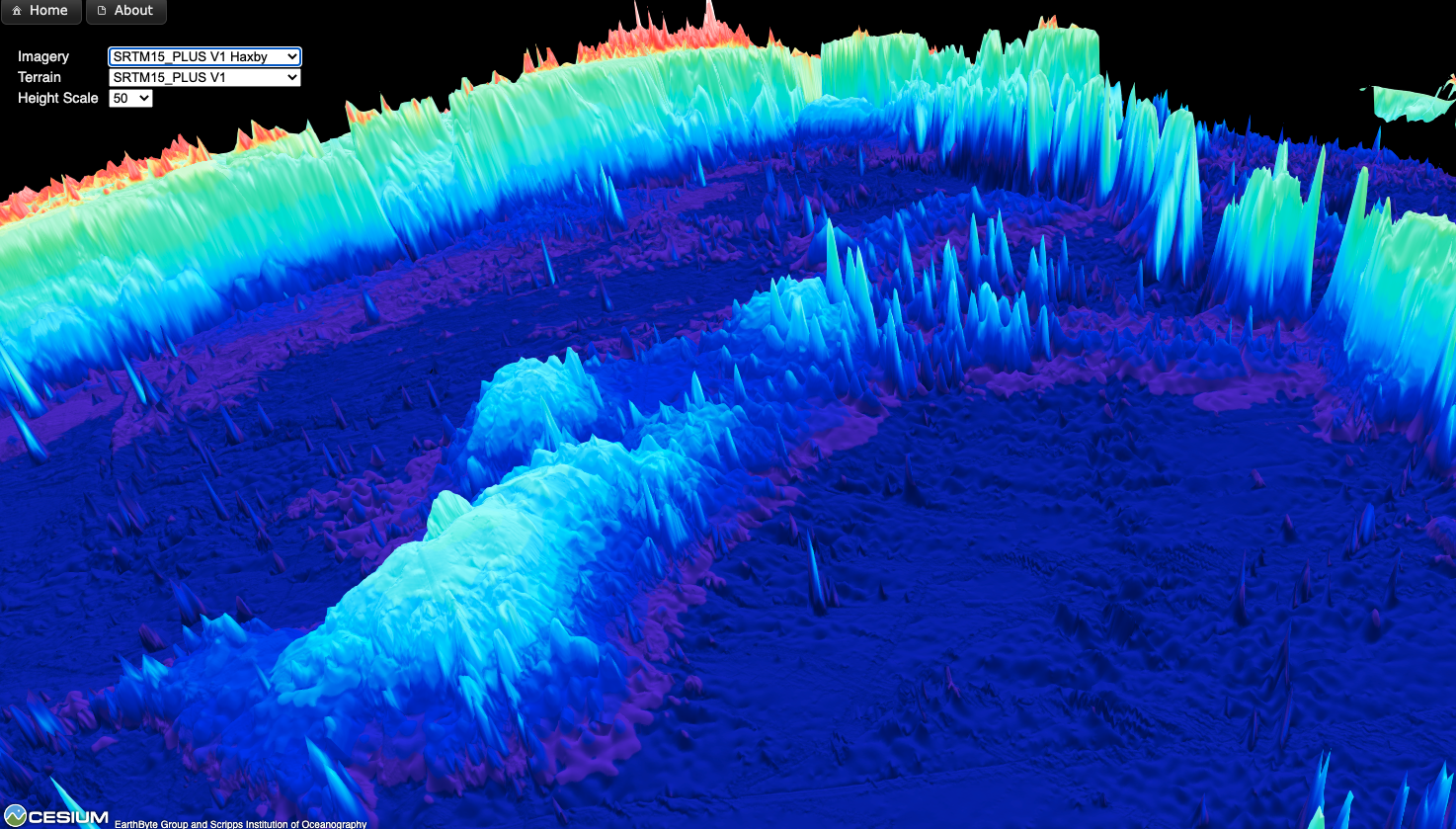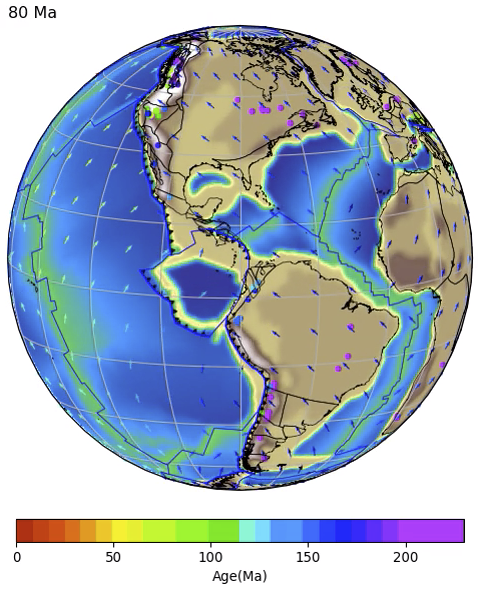Elements: Carbonatites and global tectonics
Carbonatites have formed for at least the past three billion years. But over the past 700 My the incidence of carbonatites have significantly increased. We compile an updated list of 609 carbonatite occurrences and plot 387 of known age on plate tectonic reconstructions. Plate reconstructions from Devonian to present show that 75% of carbonatites are … Read more…








